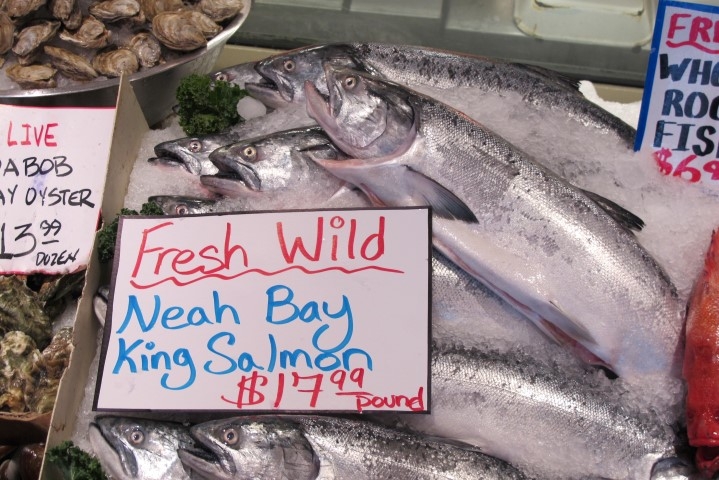
Web Presence
A web presence -- having information about a business accessible online -- provides a way for customers to look up, learn about and connect with a business. In it's simplest form, it's a modern-day phonebook. It has the benefit of being easier and less expensive to update than printed traditional promotional materials.
Establishing a Web Presence
A web presence can range from simple to elaborate:
- An existing third-party website that provides only your contact and general product information.
- Your own single page website that provides only contact and general product information.
- Your own multi-page website that provides more information (e.g., your story, recipes, fishery updates), as well as contact and general product information.
- Your own multi-page website with an online store that enables financial transactions (see eMarkets -Online Sales).
Developing a Website
Third-Party/Social Media Websites
Providing your basic business information (name, contact, products) through third-party (see eMarkets – eServices) and/or social media websites is a fast and simple way to have a web presence, albeit a limited one. In this case, social media is used as a basic informational webpage that can be accessed by those who don't use social media per se. It is viewable by searching the Internet as done for other webpages.
To develop this type of a web presence requires choosing a website and entering your information into their online form. Customers then will be able to see your information when viewing that website. The more third-party and social media websites you are part of, the larger your web presence. However, for third-party websites, your information will be included with information for many other businesses, thus it may not stand out as much as if it were listed on a stand-alone site.
Your Own Website
Having your own website – with or without an online store - can help your business stand out as it provides information for only your business. You decide the types and amount of information to provide; you can put as little or as much information as you desire (see Promoting Your Product- Promotional Information). Websites can be developed easily using free or fee-based programs (e.g., Google Blogger, Moonfruit, Squarespace, Weebly, WordPress) to design, publish and host your site from your own computer. Or, you can hire a website designer to make and host your webpage (e.g., CreativeFuse, Homestead) for an hourly or monthly fee, some as low as $5.99 per month (2015).
Tips
Here are a few tips for developing a web presence:
- Explore other food-related business websites for ideas for presenting your business online. Use key words that pertain to your product and business to search the web for such sites.
- Look for a student to help you develop a website. They often will do so for little or no fee to obtain experience and build their resume.
- Make your web presence engaging by including photographs and videos of your fishing and marketing operation.
- Consider including an email sign-up on your website so you can notify customers of product availability.
- Include blogs about your business, activities and interests. For example, write a weekly blog about your fishing day, ocean conditions, and/or ways to prepare your fish.